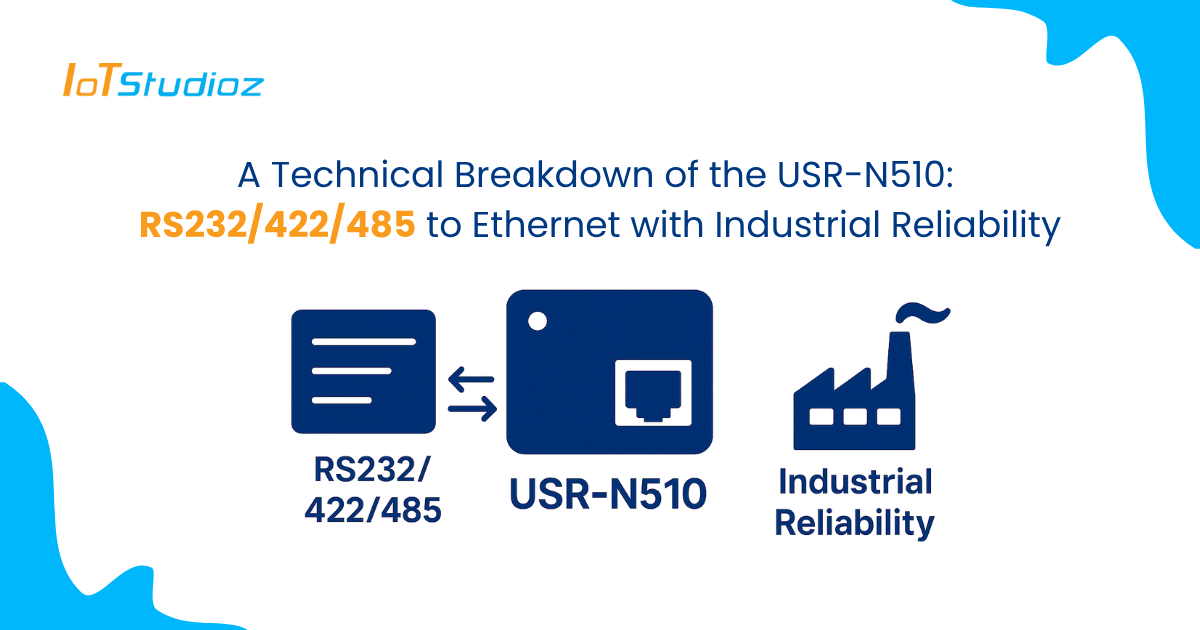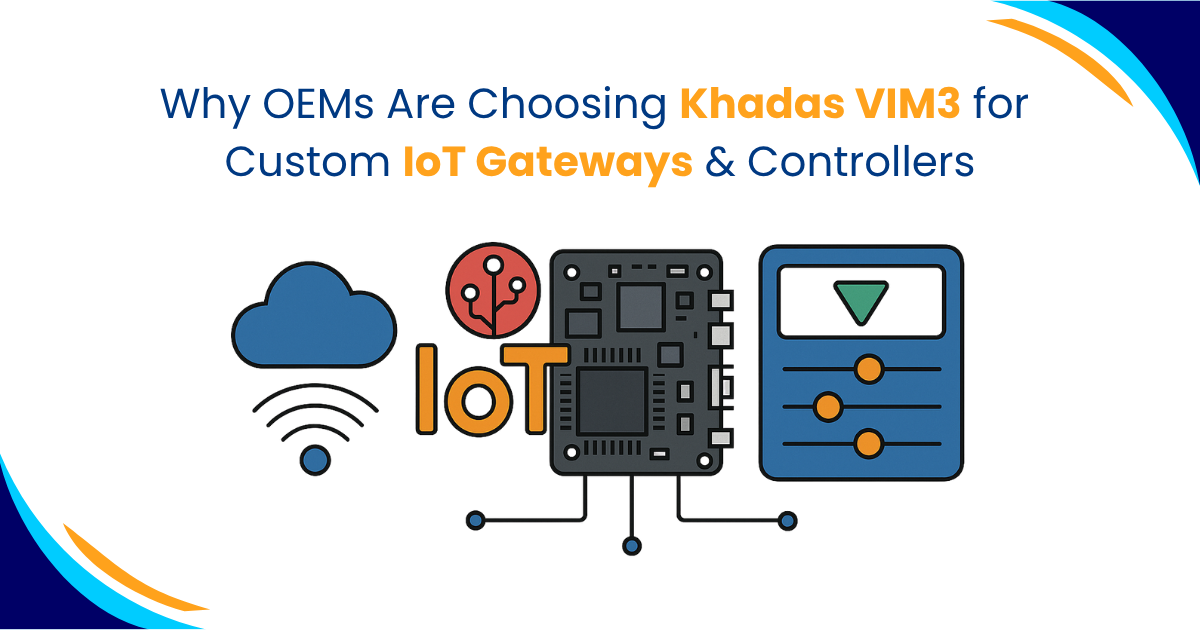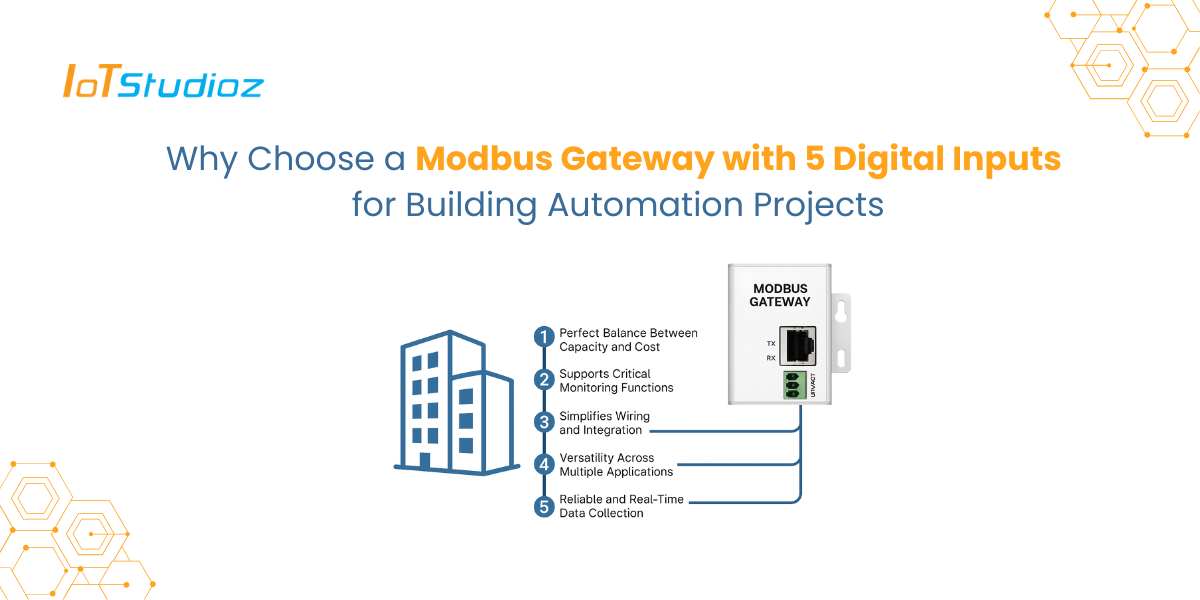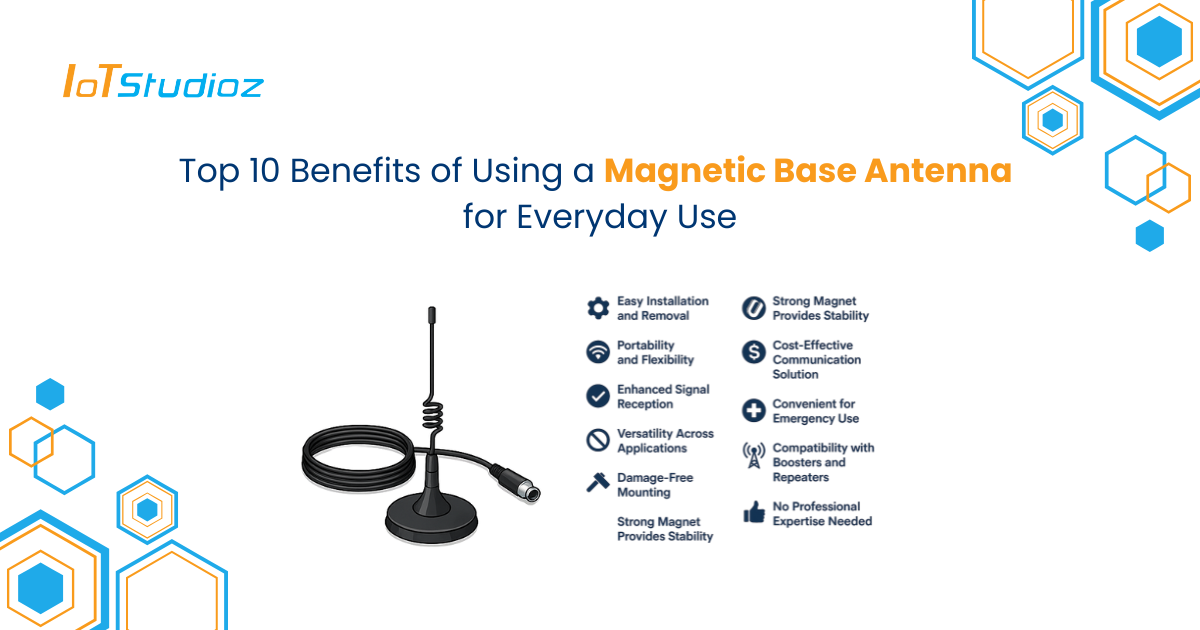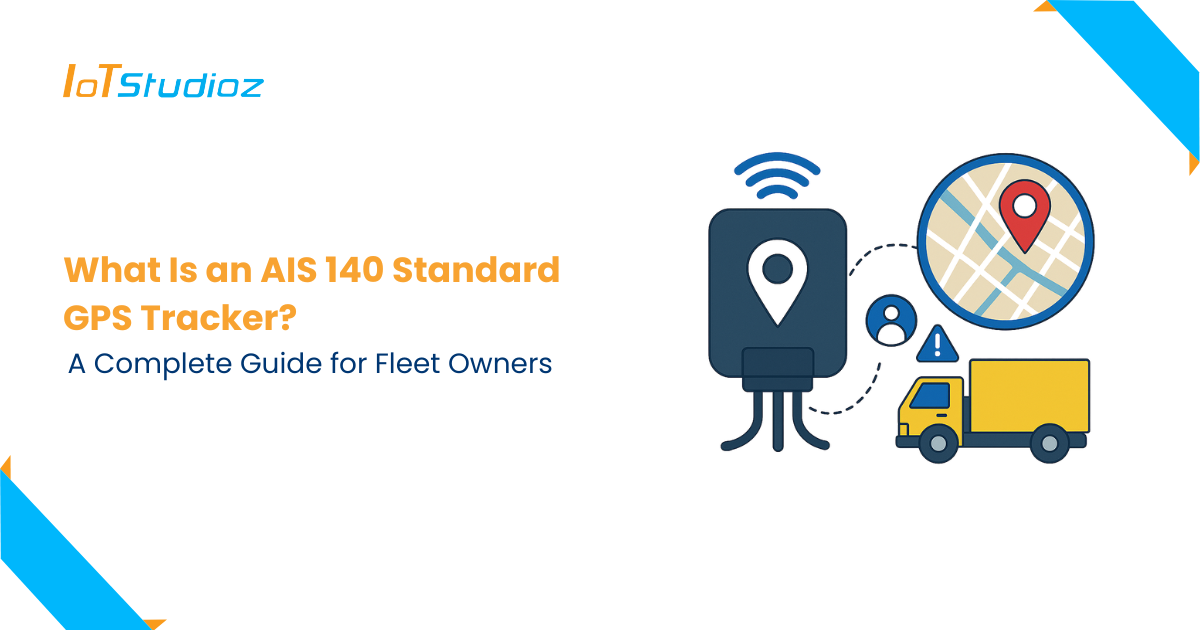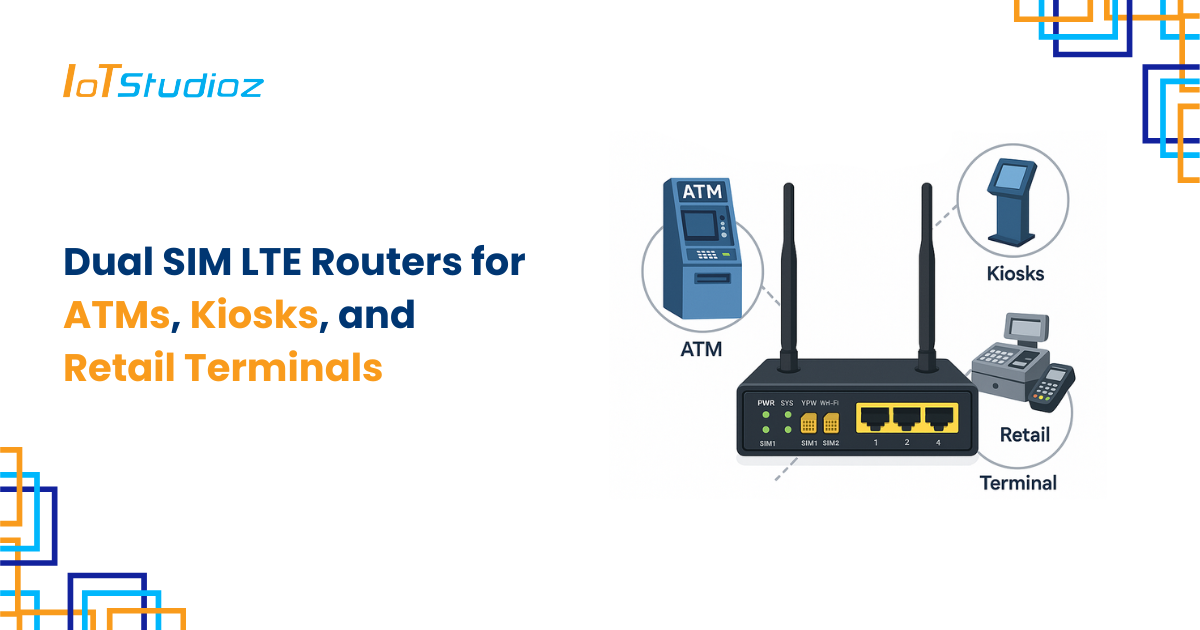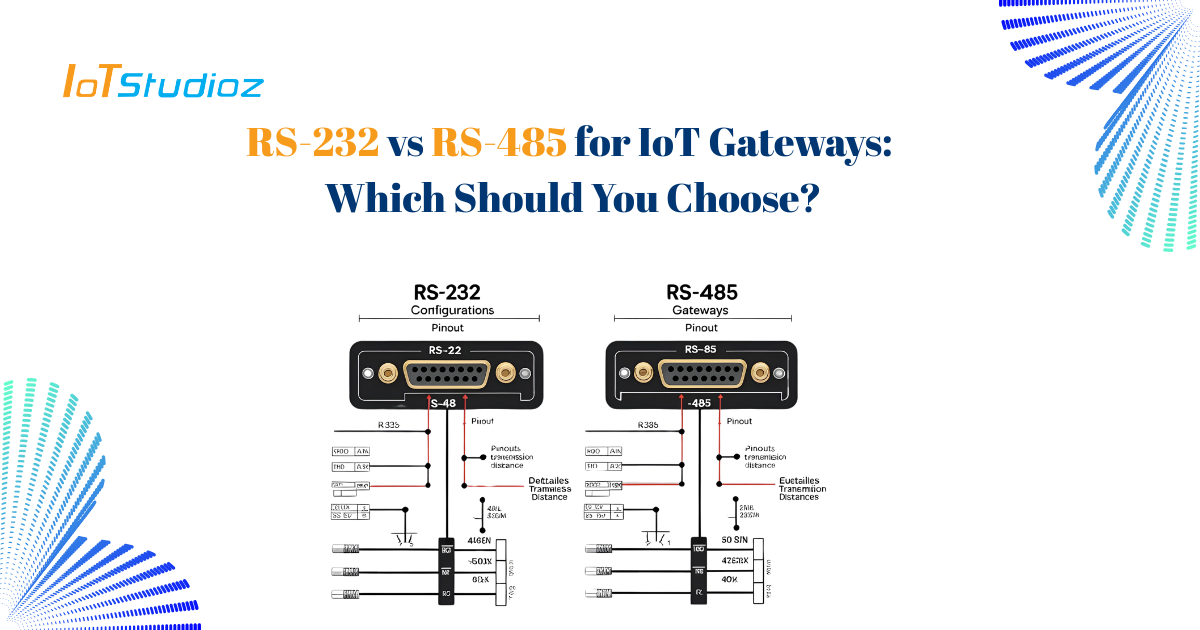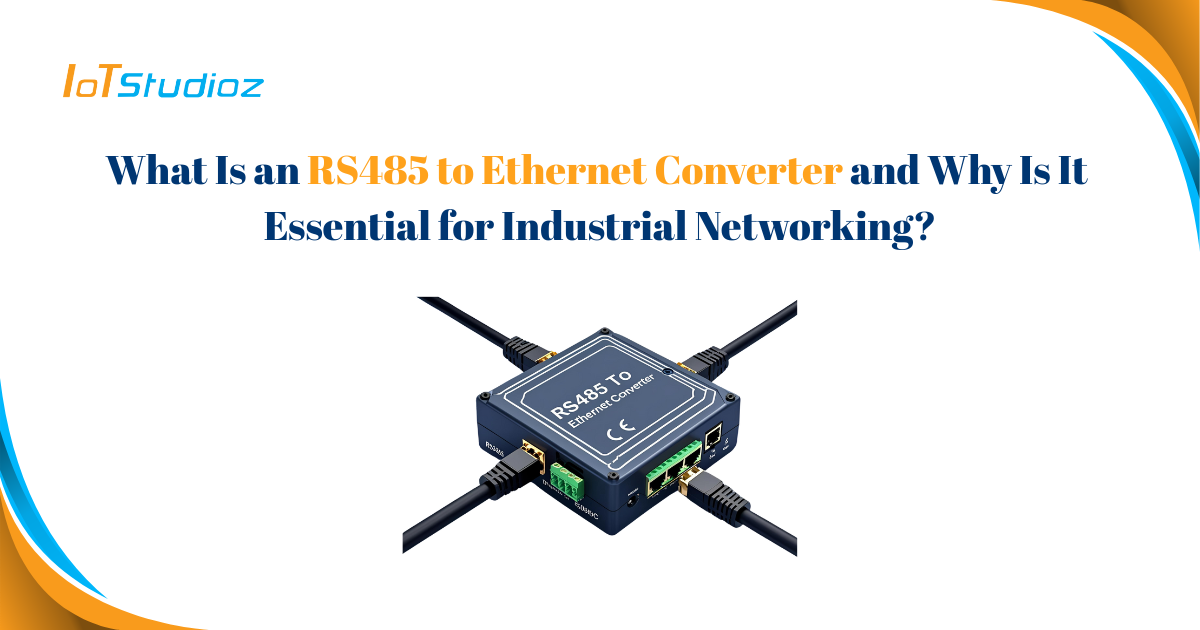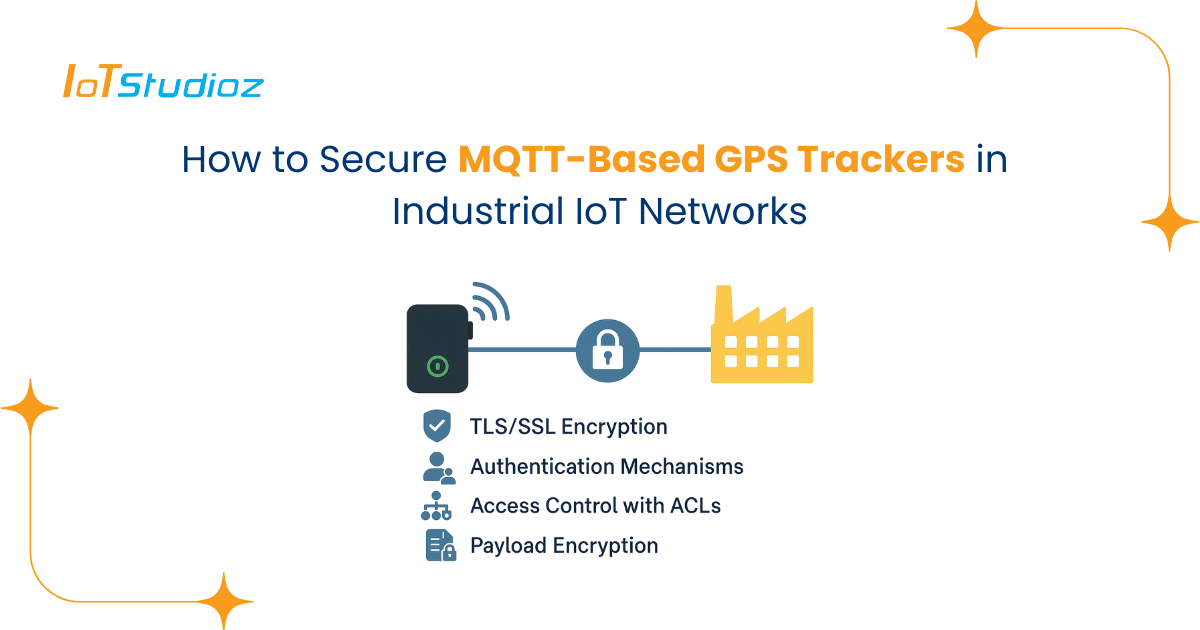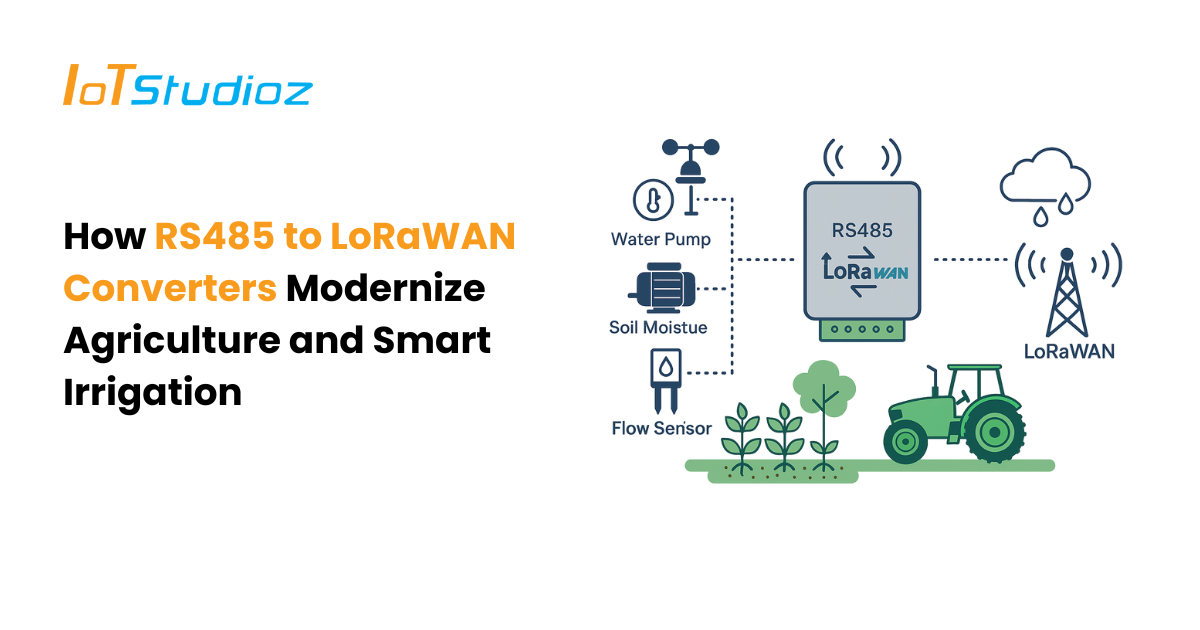What Is the USR-N510?
The USR-N510 is a compact, industrial-grade serial device server manufactured by USR IOT, designed to connect traditional serial interface equipment—using RS232, RS422, or RS485—to Ethernet networks.
Why it matters:
Many factories and industrial sites still operate legacy serial devices. The USR-N510 allows these devices to communicate over Ethernet, enabling centralized monitoring, remote diagnostics, and seamless system integration without replacing existing hardware.
Key Advantages:
- One product supports three serial standards.
- Eliminates the need for complex rewiring.
- Works in harsh industrial environments.
Serial Interface Modes: RS232, RS422, RS485
The USR-N510 supports all three major serial communication protocols, offering great flexibility depending on the deployment needs.
RS232 Mode (Single Device Communication)
- Application: Short-distance communication with single devices like barcode scanners, ATMs, or terminals.
- Distance Limit: ~15 meters.
- Signal Type: Single-ended, susceptible to noise.
RS422 Mode (Long-Distance, Full-Duplex)
- Application: Full-duplex communication over longer distances (up to 1.2 km) with differential signaling.
- Use Cases: CNC machines, long-range data collection, industrial motor controls.
- Signal Type: Differential, offers better noise immunity than RS232.
RS485 Mode (Multi-Drop, Half-Duplex)
- Application: Ideal for multi-device communication on a single bus.
- Max Devices: Up to 32 nodes (expandable with repeaters).
- Common Uses: Building automation (BMS), energy meters, SCADA systems.
- Signal Type: Differential, robust for industrial interference.
Switching Interfaces
- Achieved via DIP switch or Web UI.
- Automatically handles signal direction in RS485 mode using internal I/O management.
Networking Modes Supported
The USR-N510 provides multiple communication modes to ensure compatibility with different networked systems.
TCP Server Mode
- Function: Device listens for incoming connections from clients.
- Use Case: SCADA server polls field devices.
- Key Feature: Multiple clients can be supported via multi-connection mode.
TCP Client Mode
- Function: Device initiates a connection to a server.
- Use Case: Pushes serial data to cloud databases or remote systems.
- Benefits: Ensures proactive data transmission and keeps firewall traversal simple.
UDP Mode
- Function: Stateless, fast, non-blocking communication.
- Use Case: Sensor data broadcasting, multicast telemetry.
- Advantages: Low latency; ideal for time-sensitive systems.
HTTPD Client Mode
- Function: Wraps serial data into HTTP GET/POST requests.
- Use Case: Integration with REST APIs or web-based dashboards.
Protocol Support & Industrial Integration
Modbus Gateway
- Purpose: Converts between Modbus RTU (serial) and Modbus TCP (Ethernet).
- Use Case: Allows legacy Modbus RTU devices to be monitored via Ethernet-based SCADA systems.
- Benefit: Zero code modification on the existing serial device or PLC.
Security Features
- Static IP / DHCP: Allows both static network architecture and plug-and-play dynamic configurations.
- Access Controls:
- IP filtering: Only specific clients allowed.
- MAC binding: Prevents unauthorized device spoofing.
Virtual COM Port (VCOM)
- Function: Emulates a local serial port via a driver.
- Use Case: Legacy Windows applications can communicate with remote devices without code change.
- Software Provided: USR-VCOM utility for easy mapping.
Configuration Options: Local and Remote
Web-Based UI
- Intuitive GUI accessible via browser.
- Includes:
- Device info
- Baud rate settings
- Mode selection
- Real-time status monitoring
- Firmware updates
- Password-protected for security.
Serial AT Commands / CLI
- Accessed via terminal software (e.g., PuTTY, TeraTerm).
- Allows scripting or hands-on debugging.
- Example: AT+NETMODE=TCPCLIENT
UDP Broadcast Tool
- Used for discovery and configuration over local network.
- Helpful in large-scale deployments with many units.
- Enables:
- IP recovery
- Device location
- Mass configuration
Hardware Reliability Features
Rugged Industrial Build
- Operating Temp: -40°C to +85°C.
- Anti-static and surge-protected ports.
- Dust-resistant and vibration-resistant case.
Watchdog Timer
- Automatically reboots device on software hang.
- Ensures 24/7 operation with self-recovery.
DIN Rail / Wall Mount
- Easily mounts inside industrial panels or enclosures.
- Secure fit for high-vibration environments.
Power Specs
- Input: DC 5V (±5%).
- Power Consumption: ~1W (very low for embedded usage).
Typical Use Cases in Industrial Environments
| Industry | Example Application |
| Manufacturing | Connecting Modbus RTU PLCs to SCADA over Ethernet |
| Energy | Smart meter communication using RS485 |
| Smart Buildings | HVAC and lighting control via BMS |
| Oil & Gas | RS232-based valve sensors to remote dashboards |
| Transportation | GPS trackers and ticketing systems via RS232 |
| Utilities | Remote access to inverters and protection relays |
Real-World Deployment: Benefits at Scale
Scalable Infrastructure
- Multiple USR-N510s can be deployed and remotely configured.
- Cloud integration via TCP Client/HTTPD.
Support for Legacy Equipment
- Enables old but functioning equipment to work in modern networks.
- Saves costs by avoiding full system upgrades.
Redundant Connectivity
- Dual watchdogs for software and link failure recovery.
- Stable operation in 24/7 systems (e.g., factory automation, power plants).
Conclusion:
The USR-N510 stands out as a compact yet powerful solution for connecting legacy serial equipment to modern TCP/IP-based networks. Its robust protocol support, industrial reliability, and multi-interface support make it ideal for harsh environments where downtime is costly.
Summary of Key Benefits:
- All-in-one RS232/RS422/RS485 support.
- Rich networking modes for diverse applications.
- Advanced security and watchdog features.
- Modbus and VCOM compatibility.
- Built for tough environments and long-term use.

FAQs
Q1. Can I use the USR-N510 in outdoor environments?
Not directly. The USR-N510 must be housed in a weatherproof industrial enclosure for outdoor deployments.
Q2. How many serial devices can I connect to one unit?
One device for RS232/RS422; up to 32 devices on a single RS485 bus.
Q3. Does USR-N510 support encryption like SSL/TLS?
No native SSL/TLS; for secure data transmission, pair it with VPN or a secure gateway.
Q4. Is firmware upgradable?
Yes, via Web UI or UDP broadcast tool.
Q5. Can it communicate with cloud platforms like AWS or Azure?
Yes, in TCP client or HTTPD mode, the device can push data to public IPs or cloud APIs.

